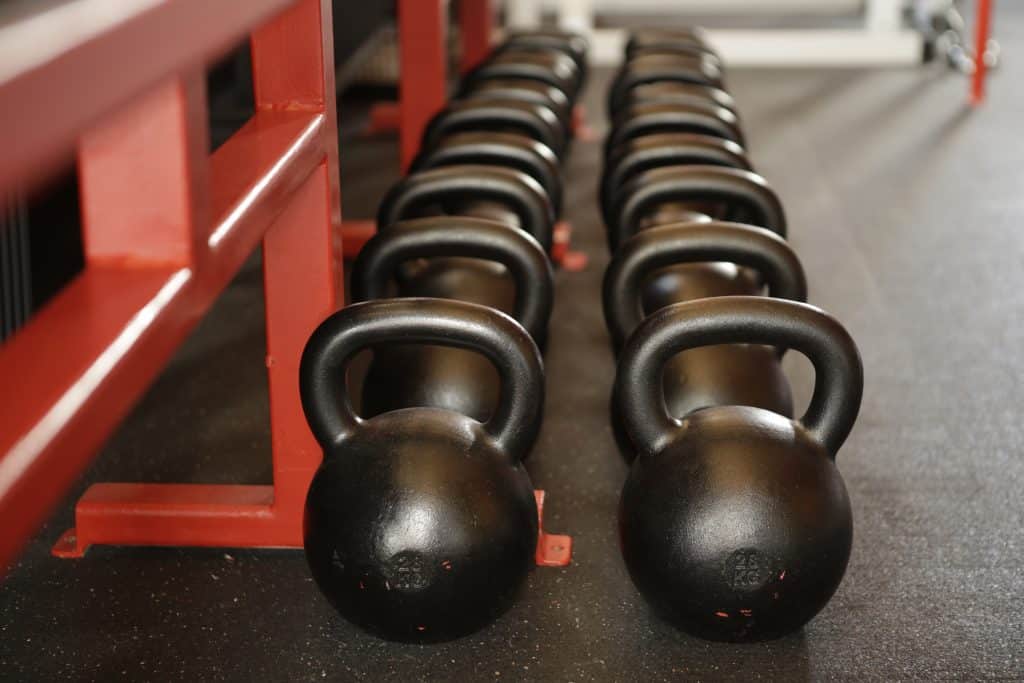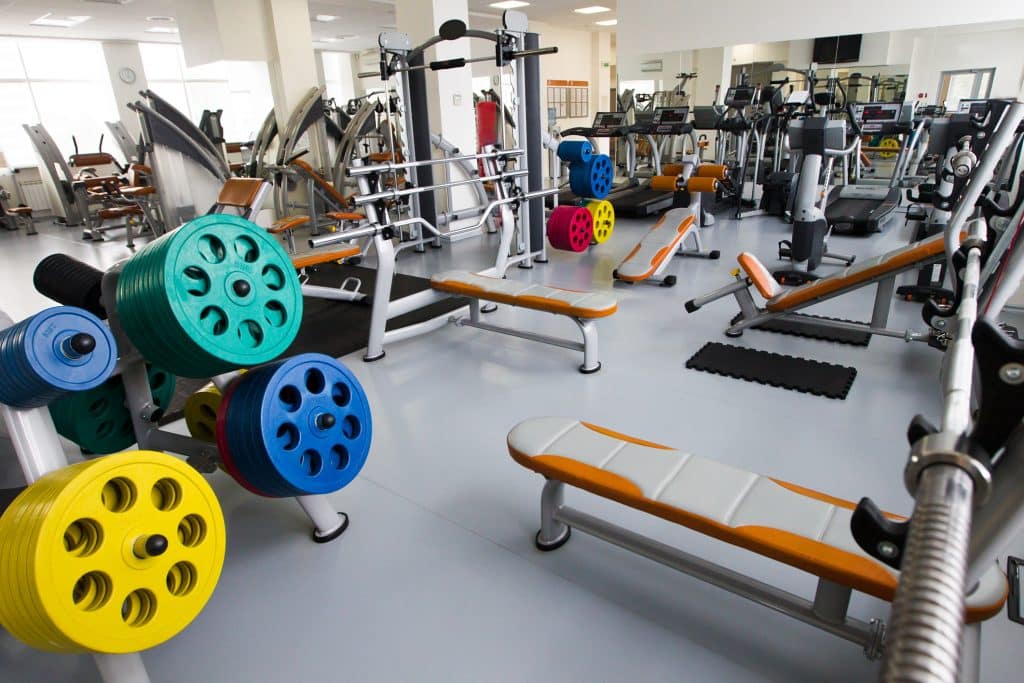2019 was a good year for the global gym and fitness industry in general, and in Europe in particular. As the industry’s second-largest market, revenues among Europe’s gyms stood at 28.2 billion Euros, representing a growth of 3% compared with 2018. The figures for 2020 – as for many industries – make more sombre reading, with fitness venues being among the first businesses to be ordered to close as the continent entered lockdown. How and when the industry recovers will depend on how soon the present pandemic ends since gyms, where machinery and changing facilities are shared, would have to reduce capacity considerably in order to reopen their doors to members in the current climate. There are still positive trends to be seen in the short term (but, on the whole, they will not offset the acute loss of revenue) and as will be discussed below, demand is likely to continue increasing over the next years.

The proliferation of both gym memberships and exercise venues in recent years has been a response to two conflicting trends, which go back several decades. On the one hand, people have gained more awareness of what it takes to stay in good health while there has also been improvements in medicine. On the other hand, more people than ever are living sedentary lifestyles – something that is due both to unhealthy diets and the high number of office workers, who have little opportunity to move during the workday. As a consequence, the World Health Organization estimates that 31% of adults worldwide are physically inactive, with 1.9 billion being overweight. Increased worries about personal health has consequently made many turn to the gym as a way of offsetting the effects of the twenty-first century lifestyle.
For many, a guilty conscience is enough to make them buy gym membership but not enough to make use of the facilities – it is estimated that 80% of gym members in America only attend occasionally and across the Atlantic in the UK – Europe’s second-largest market – approximately 60% of memberships are thought to go unused. The type of gyms that people chose to go to – or merely become members of – varies. The market leader in Europe is UK-based David Lloyd Leisure, a premium operator but among the top-10 companies, five are budget level operators. The latter category was increasing rapidly in 2019 and lies behind the average membership fee falling in that year.
Budget gyms are generally spacious, with high numbers of equipment as they strive to attract high footfall. This means that even in the current climate, with most lockdown restrictions having been removed but consumers still being cautious, budget gyms may be able to reopen on a reduced basis where permitted, since social distancing measures could be maintained. This would, however, decrease footfall and challenge their business model considerably.

High-end companies are in a trickier position, since many operated from smaller spaces. For those where a personal instructor was a cornerstone of the customer experience though, some were able to continue offering training sessions remotely – something that was also true for freelancing instructors. Remote instruction combined with people exercising on their own during lockdown has led to a rise in gym equipment sales, from basic tools like yoga mats, skipping ropes and weights to advanced equipment like exercise bikes, treadmills and rowing machines. The share price of Peloton, a US-based producer of advanced exercise equipment, testifies to this trend as it has increased consistently in the incumbent year. The obvious risk is that consumers, once they have the equipment and have established a routine of online instruction, will be happy without attending gyms. While such fears are far from unfounded, it should also be remembered that one machine at home does not replace the full experience at the gym. Exercising outdoors and in the house were always options – yet people chose to attend gyms. As long as gyms recognise that many will now have their favourite equipment (or a substitute for it) at home, and adapt by offering an experience that members cannot get at home, they are likely to continue thriving on the other side of lockdown.
